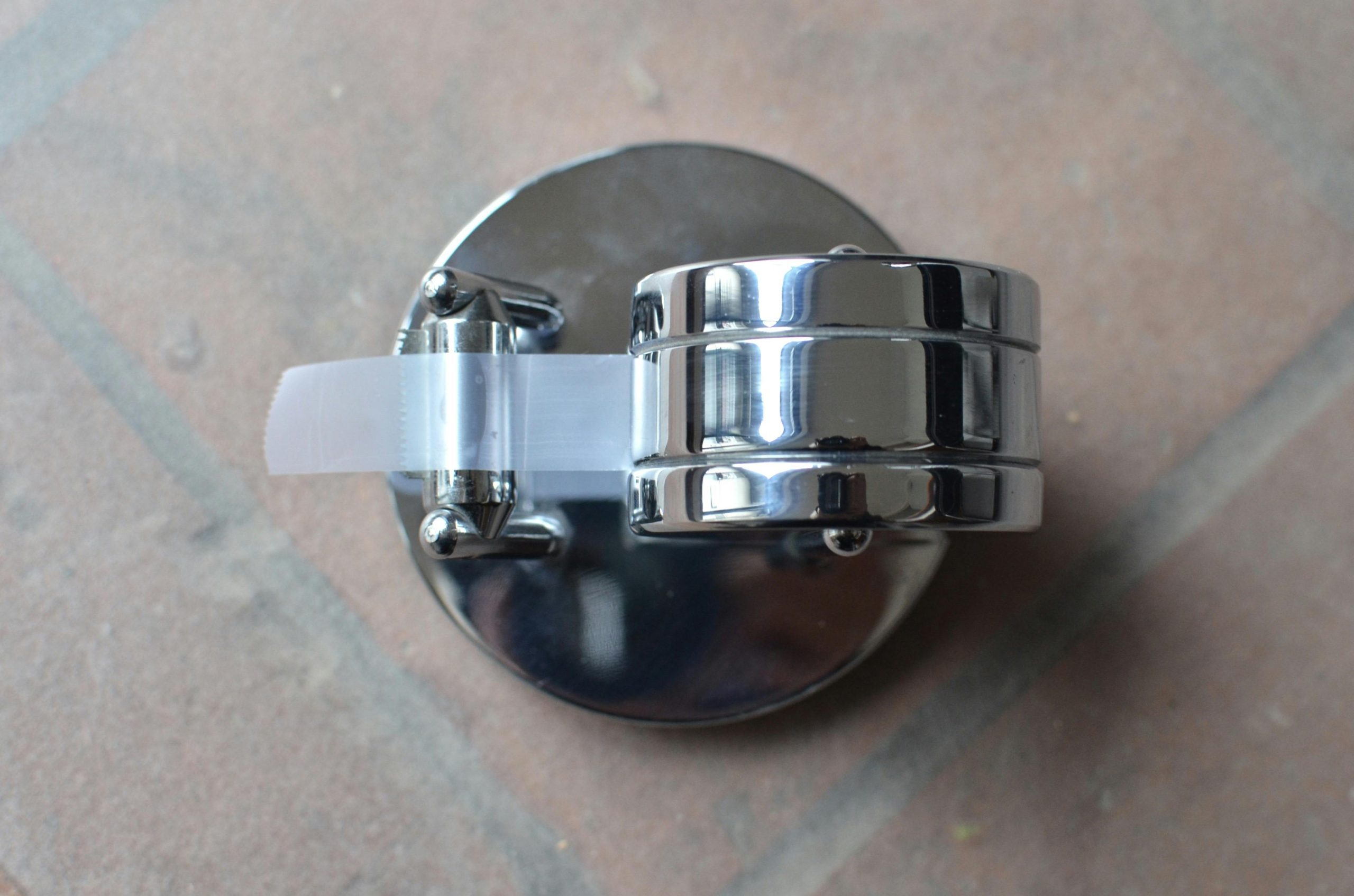What’s the ideal material for a chopping board: wood, stainless steel, or plastic?
I’ll be using it for chopping onions, raw meat, salads, and more.
Edit:
I really appreciate all your kind and helpful suggestions! Thank you!

What’s the ideal material for a chopping board: wood, stainless steel, or plastic?
I’ll be using it for chopping onions, raw meat, salads, and more.
Edit:
I really appreciate all your kind and helpful suggestions! Thank you!
When it comes to choosing the best material for a chopping board, each option has its pros and cons, especially for varied tasks like chopping onions, raw meat, and salads.
Wood:
– Pros: Gentle on your knives, provides a good cutting surface, and has natural antibacterial properties. It’s aesthetically pleasing and can be very durable with proper care.
– Cons: Can be porous, which means it might absorb odors and bacteria if not properly maintained. Requires regular oiling to keep it in good condition.
Stainless Steel:
– Pros: Non-porous, easy to clean, and resistant to bacteria. Very durable and can withstand heavy use.
– Cons: Can dull your knives quickly and can be slippery, making it harder to chop efficiently. It also doesn’t have the best aesthetics for a kitchen.
Plastic:
– Pros: Lightweight, affordable, and dishwasher-safe, making it easy to sanitize. Color-coded options can help prevent cross-contamination.
– Cons: Can scar more easily than wood, and some plastics may harbor bacteria in those scratches over time. Can dull knives relatively quickly as well.
For a versatile use like yours, you might consider a combination approach: a wooden board for vegetables and salads (due to its knife-friendly surface) and a plastic board specifically for raw meat to ensure easy cleaning and to avoid cross-contamination.
Ultimately, the best choice will depend on your preferences and how much maintenance you’re willing to do. Enjoy your chopping!
Leave a Reply
You must be logged in to post a comment.